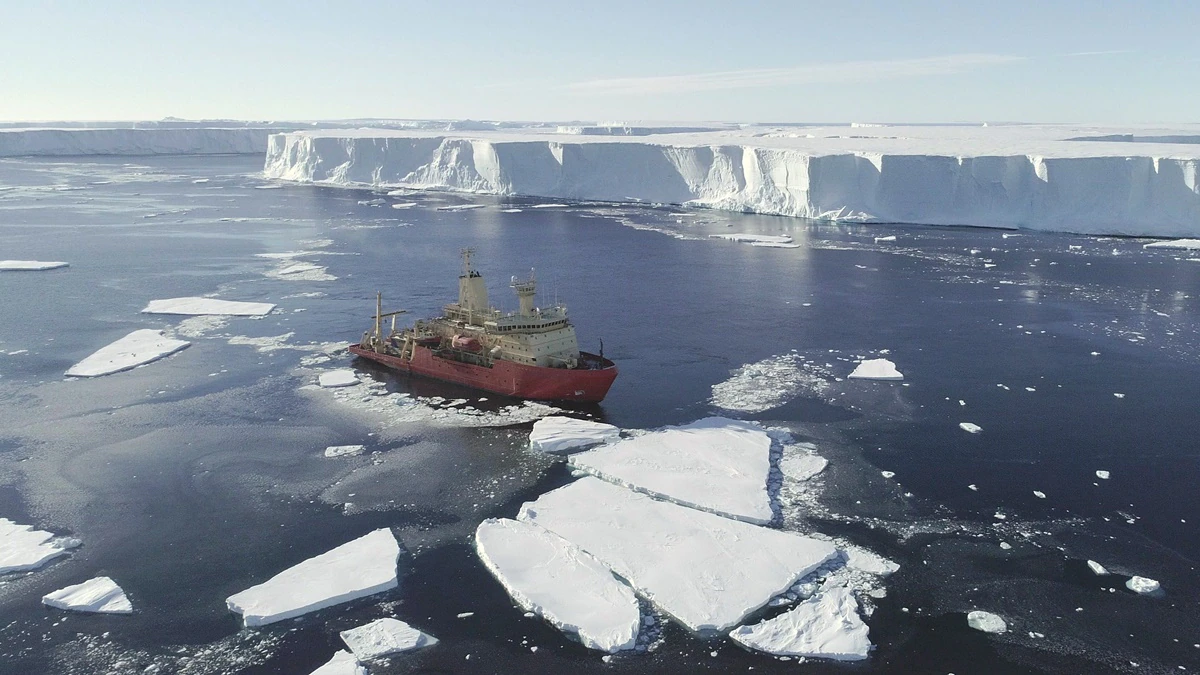There is a giant glacier in Antarctica. This mountain named Thwaites Glacier is also called ‘Doomsday Glacier’. Scientists studying it say that hot water is seeping in its weak parts. This could cause destruction and massive sea level rise. Thwaites is roughly the size of Florida. If this glacier melts, global sea levels could rise by more than 1.6 feet. It could also destabilise neighbouring glaciers, causing levels to rise another 9.8 feet.
9.8 feet of shore can melt every year
This study has been led by Cornell University scientist Brittany Schmidt. In one of two research papers published in the journal Nature, researchers found that hot water is making its way through cracks and other open spaces like roofs. This can cause 9.8 feet or more of banks to melt each year. Schmidt said. We should all be very concerned about this kind of thing.
83 percent glaciers will disappear by the end of the century
Scientists previously relied on satellite images to show the behaviour of ice. It became difficult to get detailed information from them. Even before, many scientists have warned that glaciers around the world are melting faster than imagined. Looking at the current situation, it is being said that by the end of this century, two-thirds of the glaciers will disappear from the earth. Researchers estimate that by the end of 2100, 83 percent of the glaciers will disappear from the world.
Cracks in the ice melting quickly
The robot, named Icefin, was lowered into the glacier through a 600-metre-deep hole drilled in the ice by Dr. Brittany Schmidt of Cornell University with a group of scientists to assess the melting of Doomsday Glacier. According to researchers, the discoveries made by Icefin clarified the way ice melts. They found that the cracks in the ice were melting quickly.
Revealed through pictures of the robot
Through a robot the size of a pencil, researchers found that the glacier is not melting and becoming thin, but is breaking and disintegrating. Research revealed that the ice is melting rapidly in the cracks under the glacier. It is also dangerous because water is rapidly entering the cracks and this may be due to the process happening below. Due to the formation of hot water bubbles under the glacier, the ice is rapidly breaking and disintegrating.
